Why do water changes?
Water quality ensures your aquarium and the wellbeing of the inhabitants within the underwater neighbourhood are good. Water changes are a fundamental aspect of maintaining high water quality and managing your fishes health.
Why does it matter?
Even with an efficient filtration system, water changing is a basic requirement of any aquarium. Siphoning a percentage of the water from the aquarium and replacing it with new, “clean” water helps remove waste and organic material (uneaten food, dead plant matter), breaking down in the aquarium. Dissolving organic matter will contribute to the concentration of nitrate and phosphate build-up. Affecting the wellbeing of your fish and promoting algae growth. Not only should you do a water change for the health of your tank, but it can also become unsightly. Filtration can slow these effects and delay the need for water changes. But, it is not capable of offsetting the effects of declining water quality forever. Water changes also replenish minerals and other trace elements. This is an essential point for any crustaceans living in your underwater community. They need these minerals to form their skeletons or exoskeletons.
What exactly does it mean to do a water change?
An aquarium is a closed system. If you experience water loss due to evaporation, this is NOT a water change. Meaning if you are adding water to ''top it off'’, all the waste and chemicals are still free to swim throughout your tank. Polluting the bodies of your fish. Chemical filters may remove SOME of these things, but nothing compares to a good old water change.

When should you do a water change and how much?
The short answer, a 25% water change monthly is the very least you should be considering. For high stocked tanks or an aquarium with large fish, you should be aiming for 15 – 20% every 1 – 2 weeks. (but of course, every system is different and others require more or less frequent water changes) If your fish produce a lot of waste or are sensitive to nitrate levels, these are good reasons to stay on top of water changes. But these rules are different for a newly set-up tank. A strong recommendation is to put your tank through the biological process called the "Nitrogen cycle" before adding fish. This process can stress them out and could result in death. It can take up to 3 months for a tank to become established. During this time, it is normal to see some algae growth and experience water chemistry changes. But, until the cycle finishes, hold off on a water change. Other reasons to perform a water change would be an excess of algae, high nitrate or phosphate, recent die-offs and illness or the likes of overfeeding.
Performing water changes
Before taking any water out of your aquarium, prepare the water you will refill your tank with first. Any water you put in must be as close as possible to the old water as possible (but cleaner.) In terms of temperature, salinity and pH. Keep a bucket or container, used only for water changes, so it does not become contaminated and transfer anything unwanted into your tank. During each water change, when adding new water, it is advised test its water chemistry, and use a water conditioner/dechlorinator where necessary.
Next check for safety hazards in and around your tank. Are your lights and electrical outlets safe from any accidental water spillage? Do your filters, heaters or pumps need to be temporarily turned off to prevent damage if they run dry?
An efficient method that also helps clean waste build up in the bottom of your aquarium is to use a gravel siphon. It is a rigid tube connecting to flexible tubing. It vacuums the substrate bed while also removing water. Heavier pieces of gravel will fall back down. Just try not to suck up your fish— it will not be a fun ride for them! Fish faeces and leftover food can cause infections. Especially for bottom-dwelling fish because they spend most of their lives on the substrate. If your substrate is fine or sand, try experimenting with gravel siphons dimensions to see what works best for you. Once you take out the intended per cent of water, you can dispose of it down the drain or on your garden. Use a net to catch any larger pieces of algae or gravel. When adding new water back to the aquarium, plants and substrate may get pushed around. You can place a small saucer in your aquarium. And pour ''new'' water right on to it to minimalise the disturbance. Take out the plate, turn your equipment back on, and presto, you have completed a water change! For a tank with sensitive occupants, leave the lights off for a few hours so they can adjust to the change.
Performing a good water change can improve the quality of life for your fish, and the quality of the experience for you, the hobbyist. It might not always be fun, but it will always be worth it.


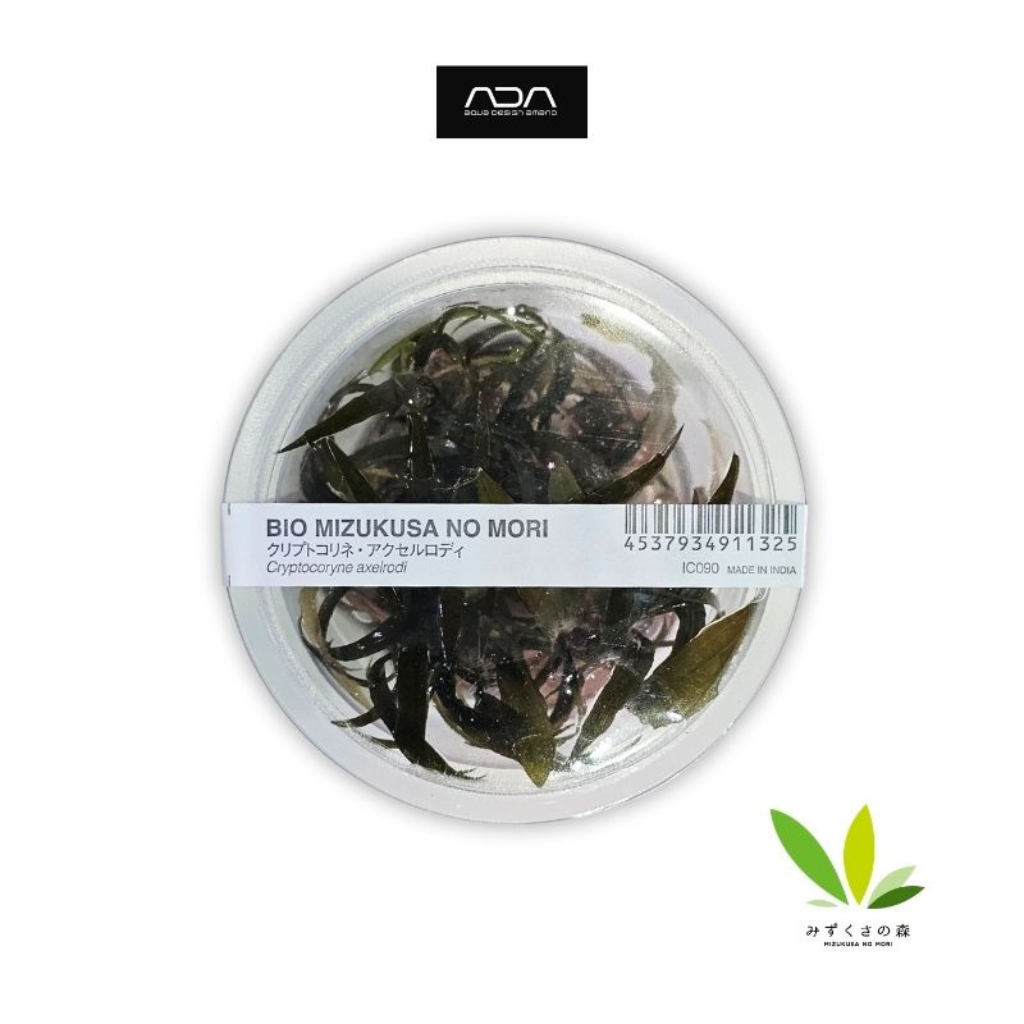
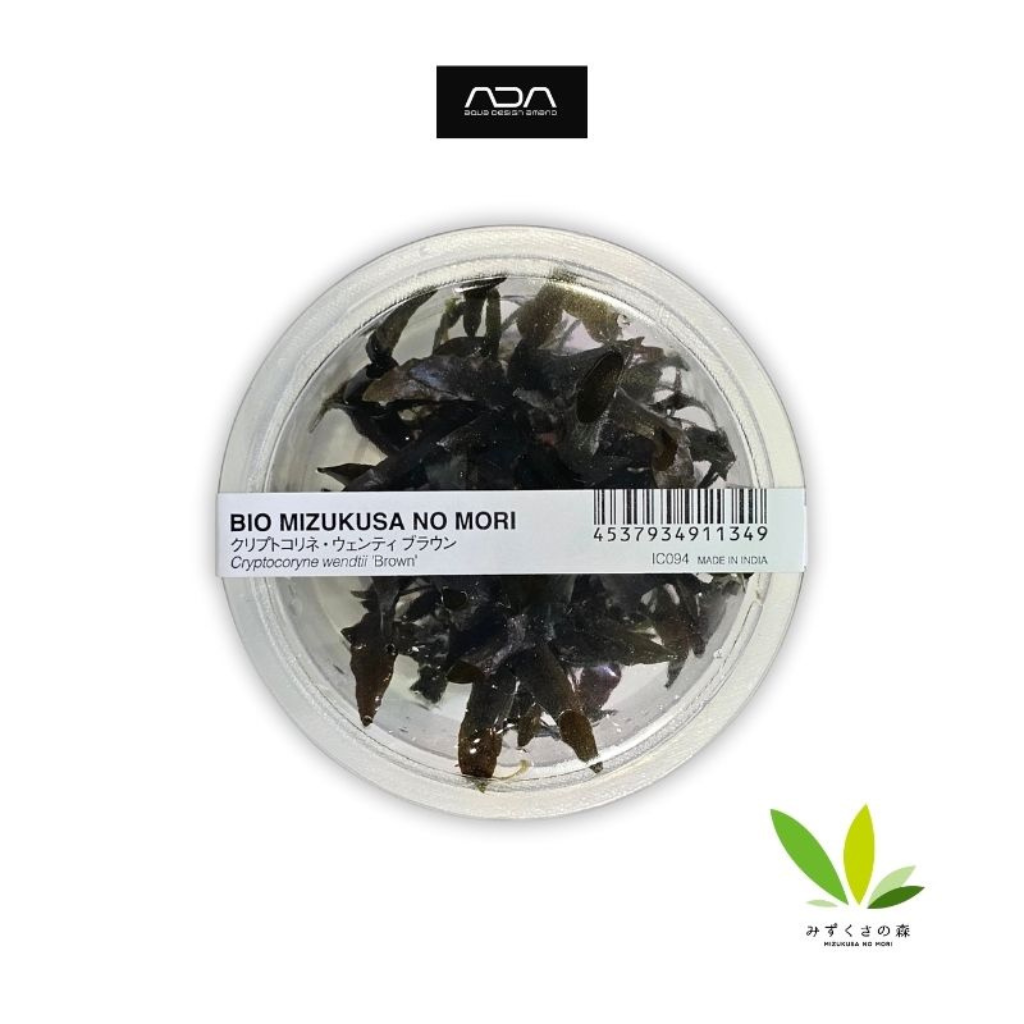
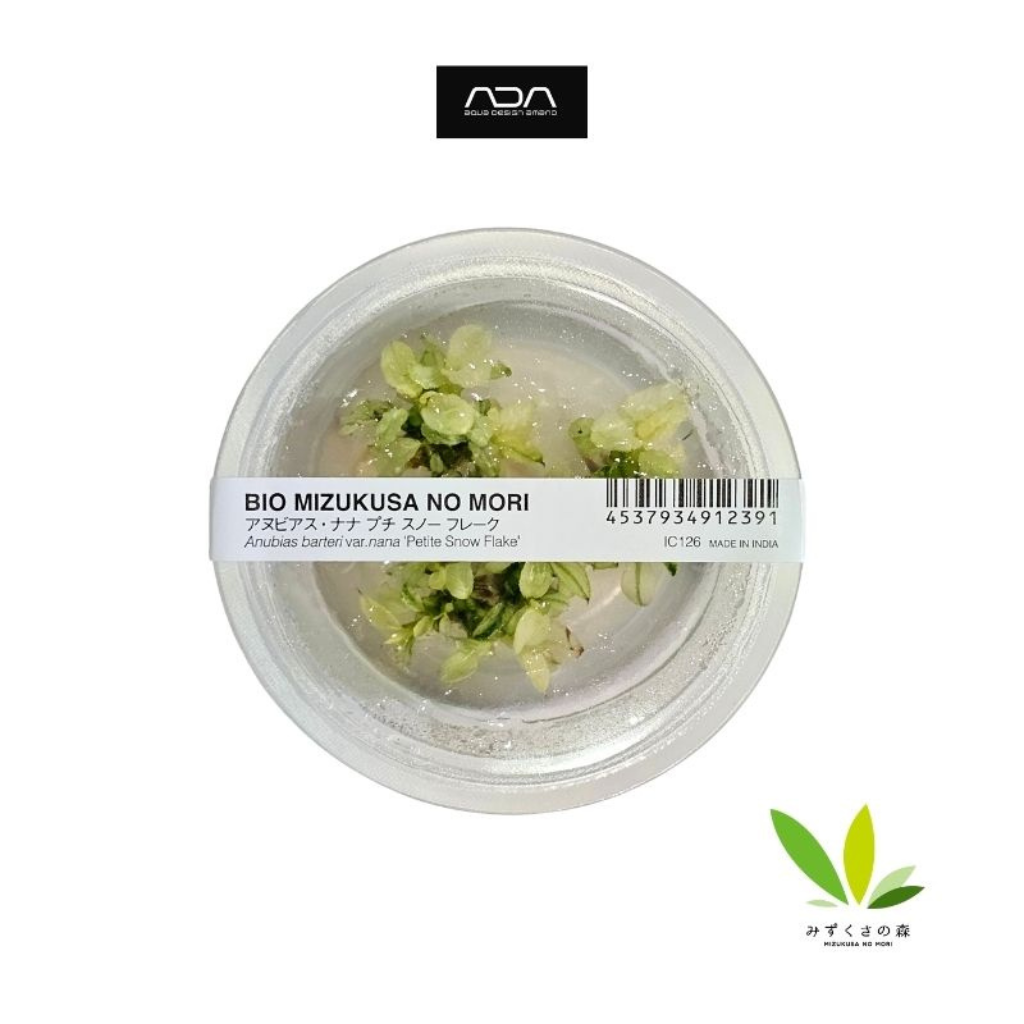

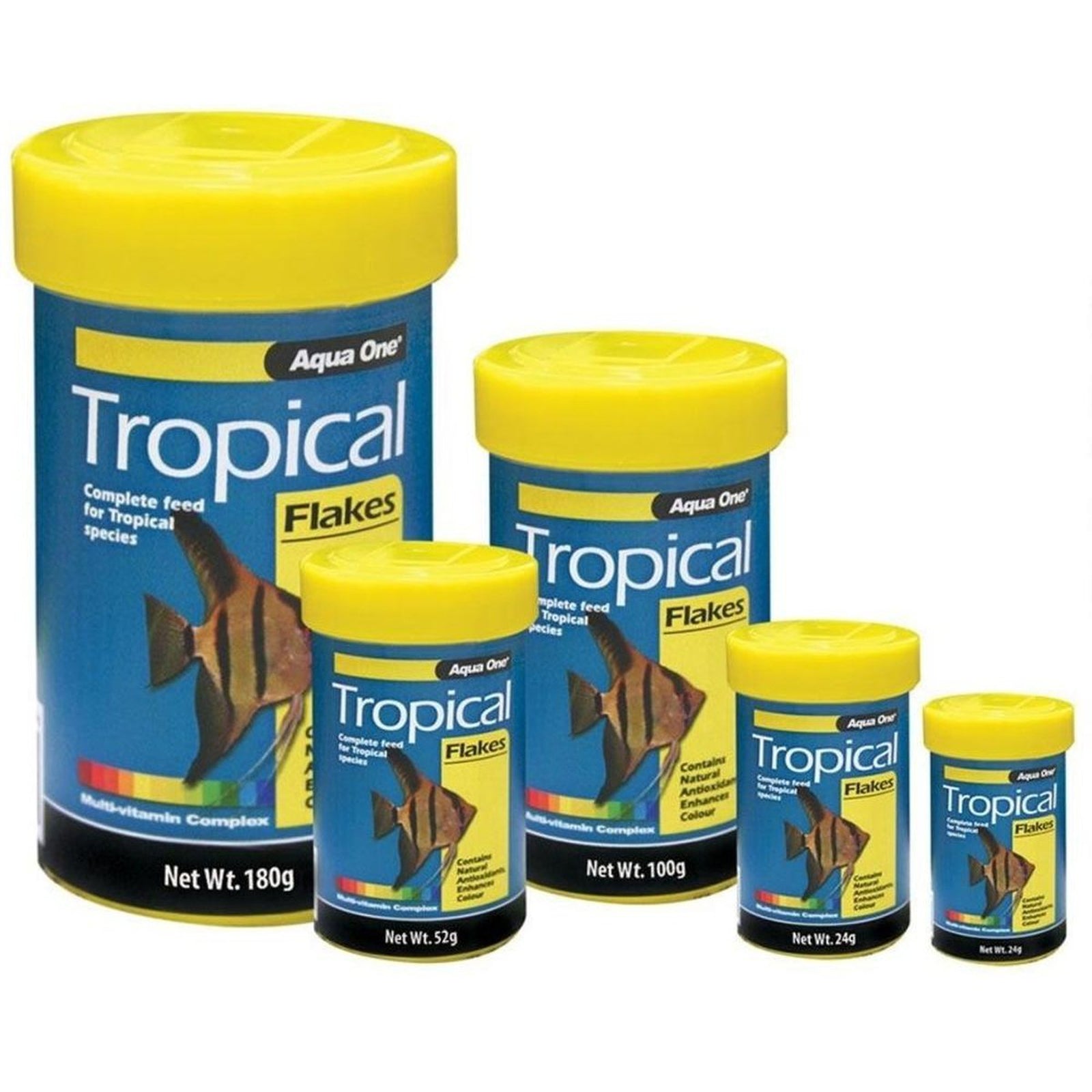
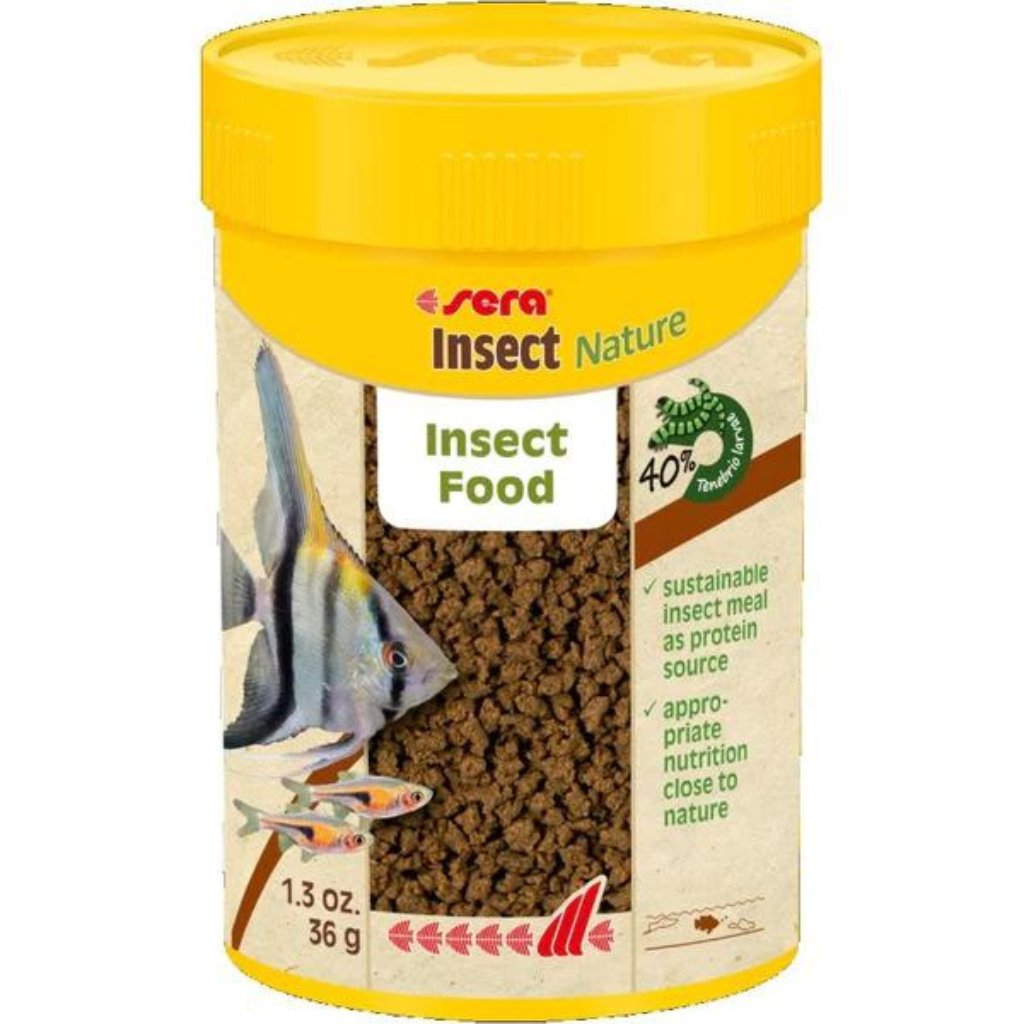
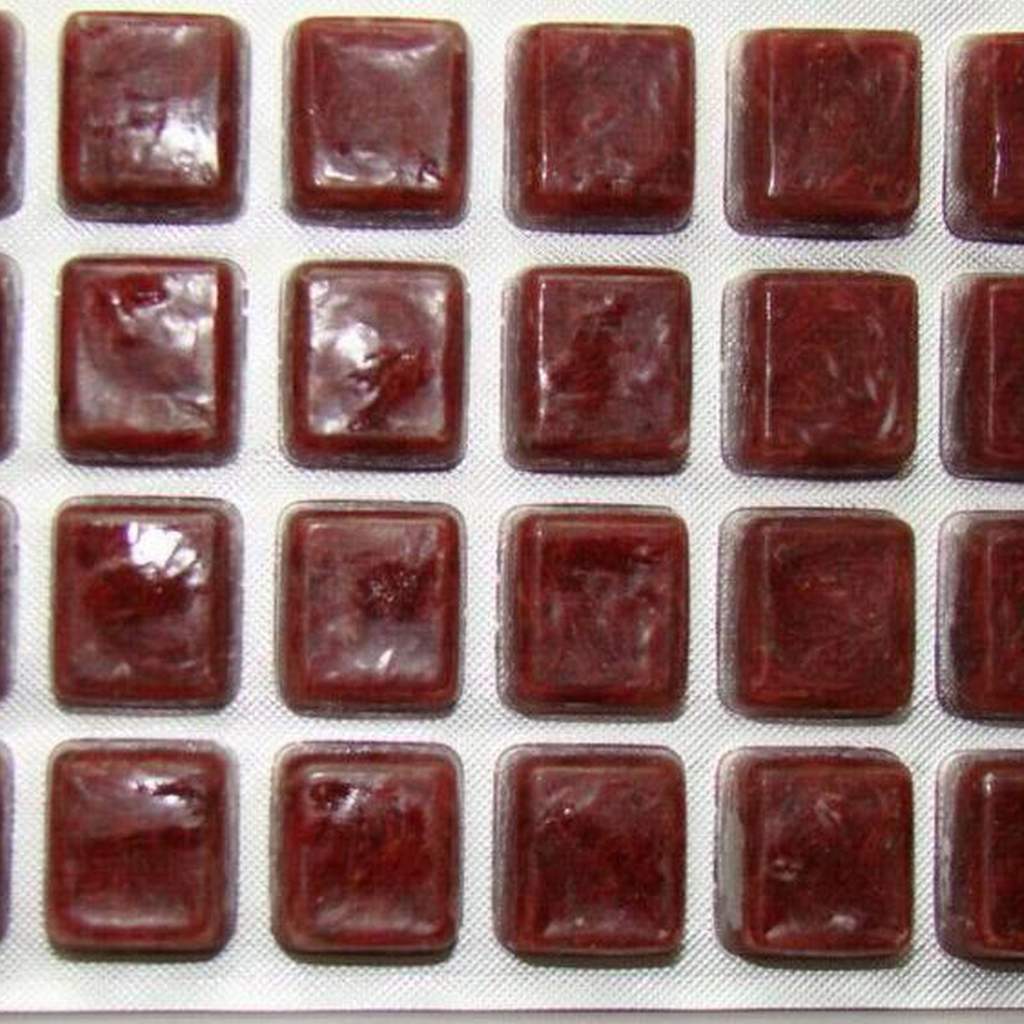
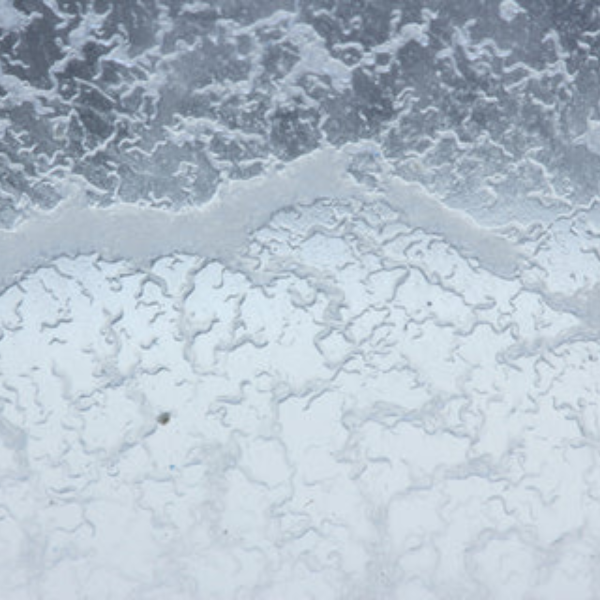




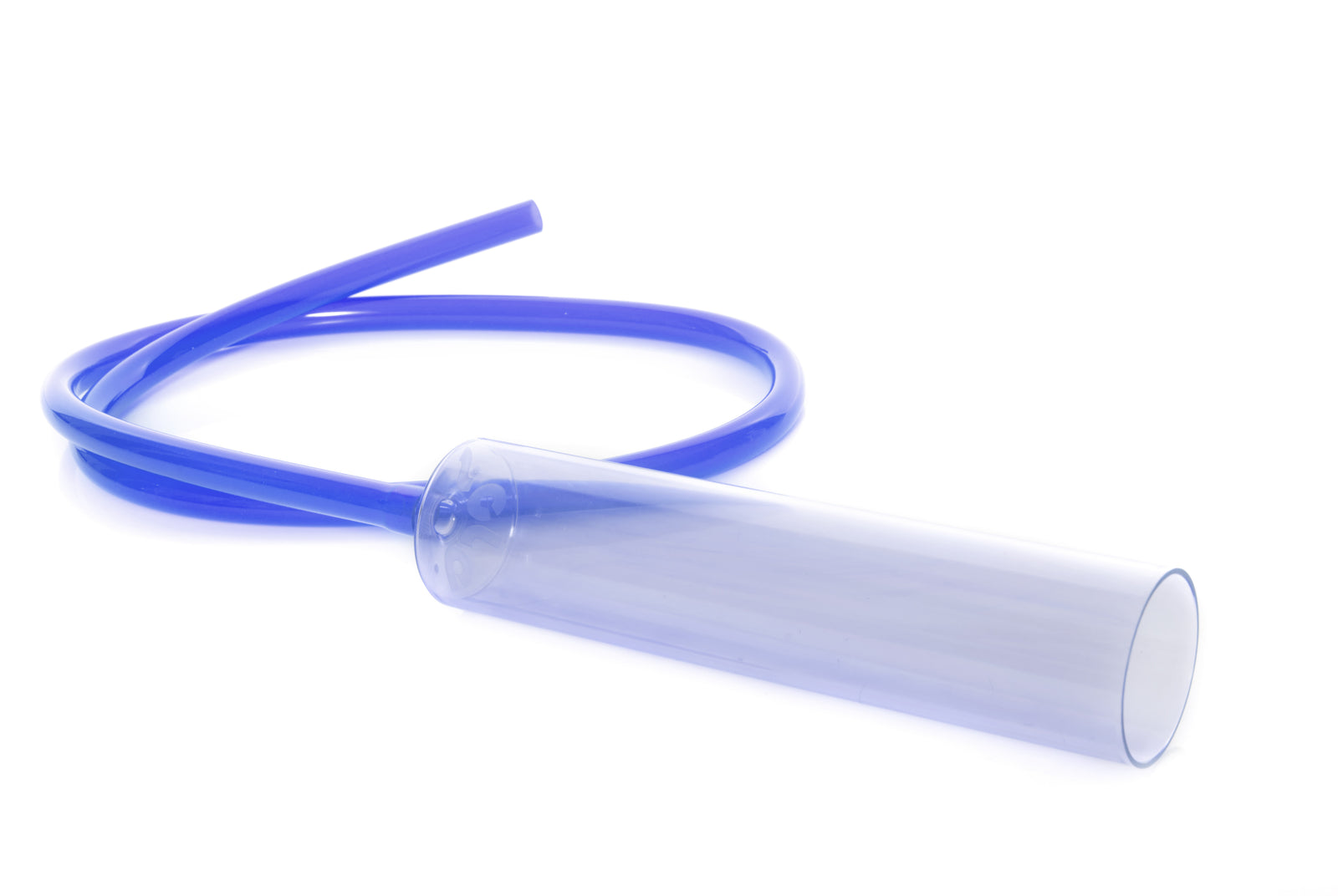
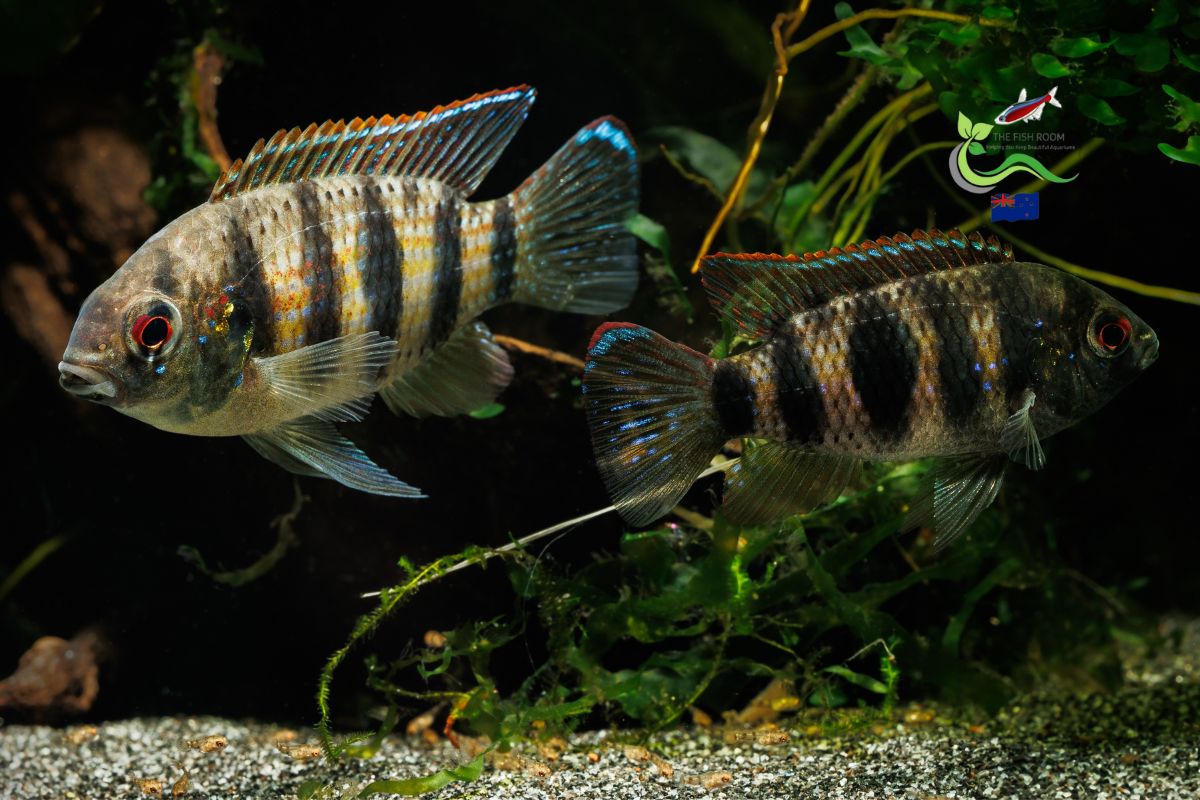
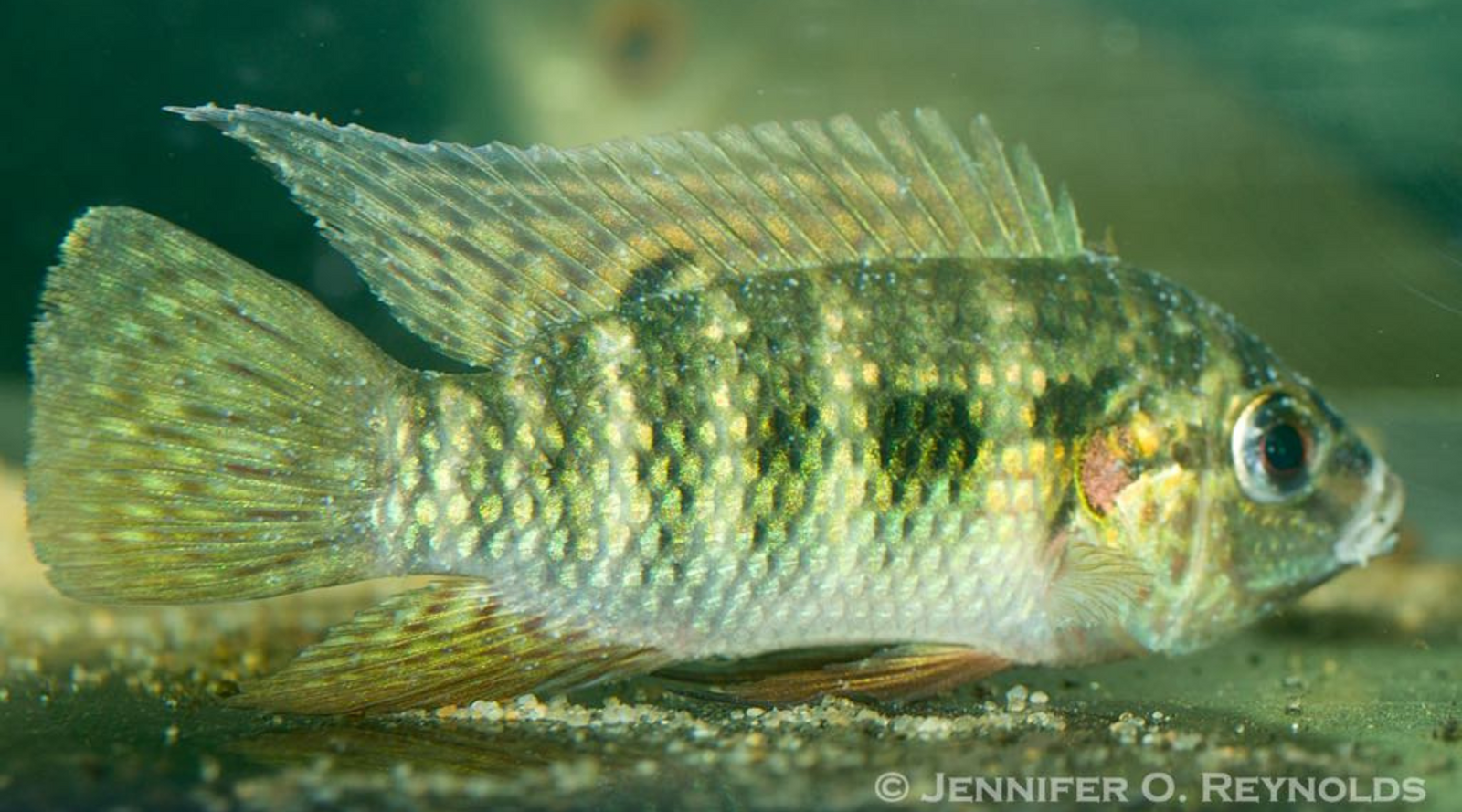
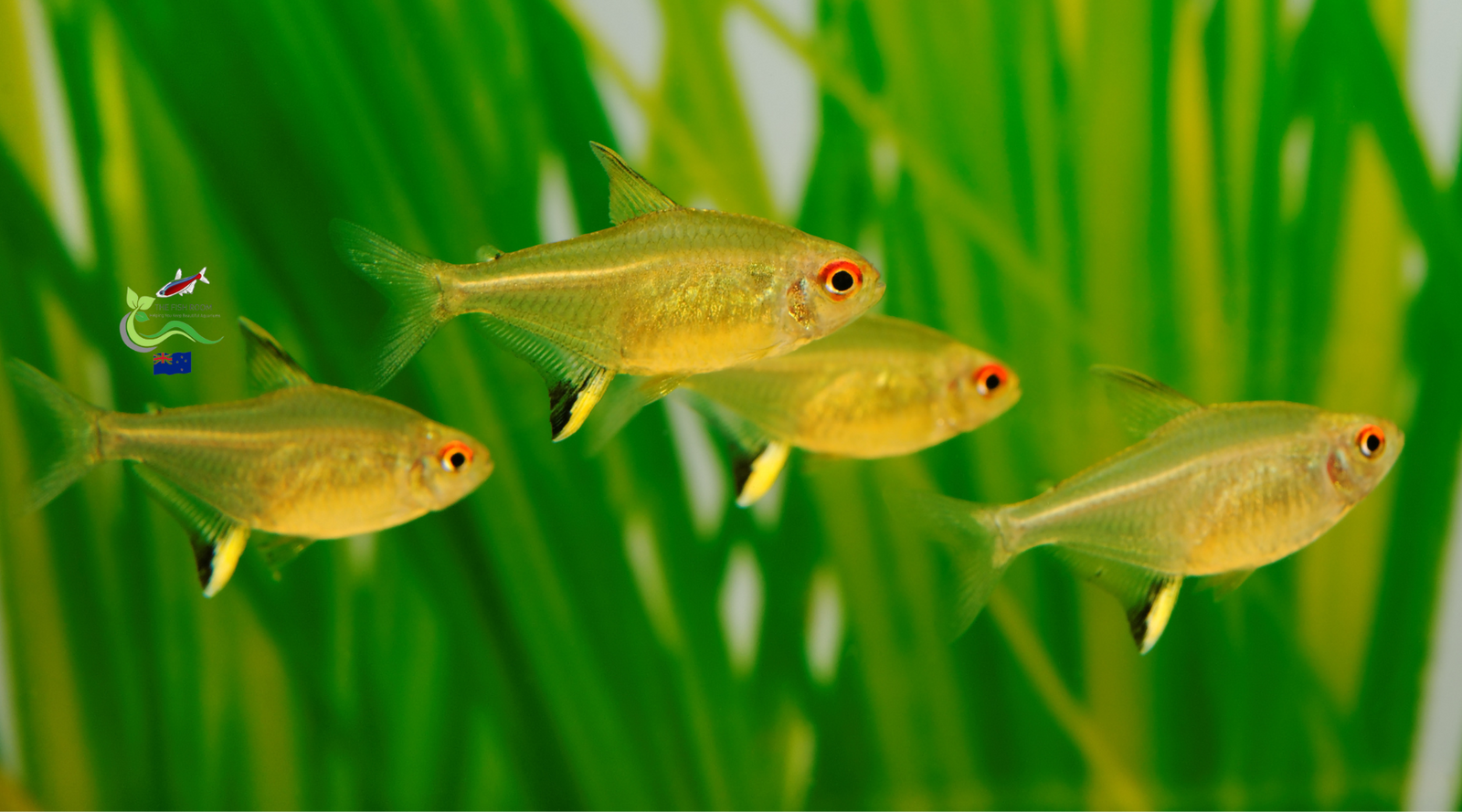
Gary Laird
April 16, 2021
Brilliant, great information.